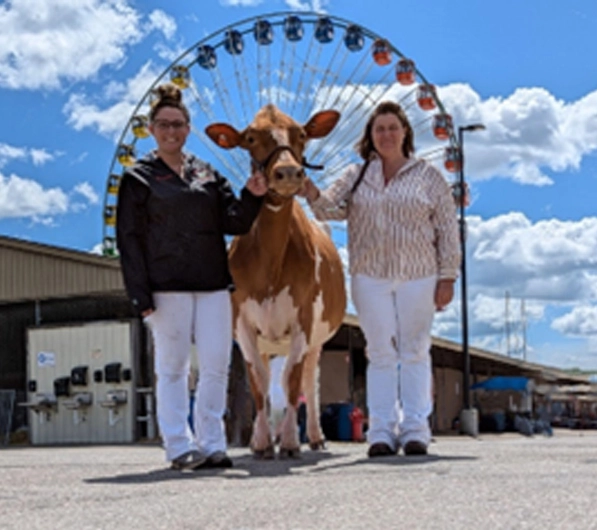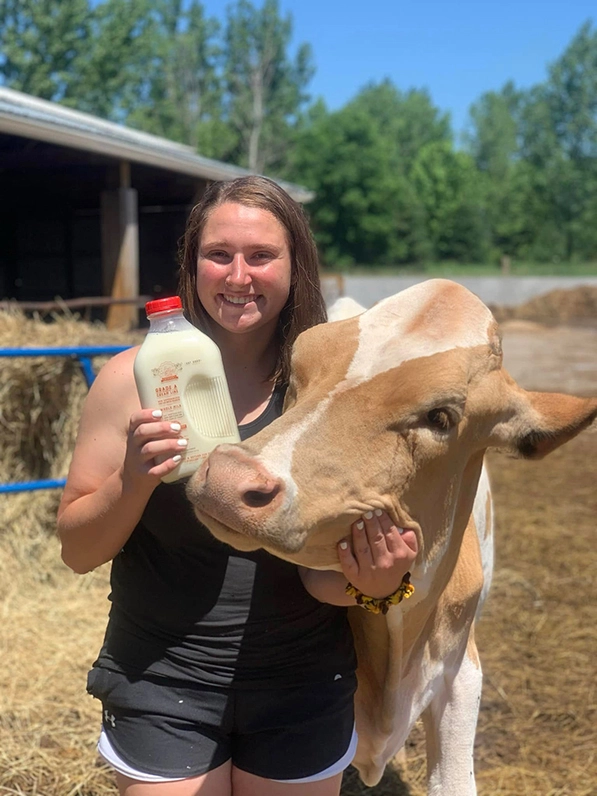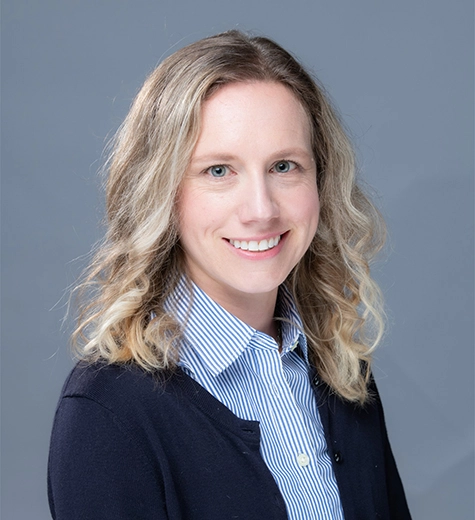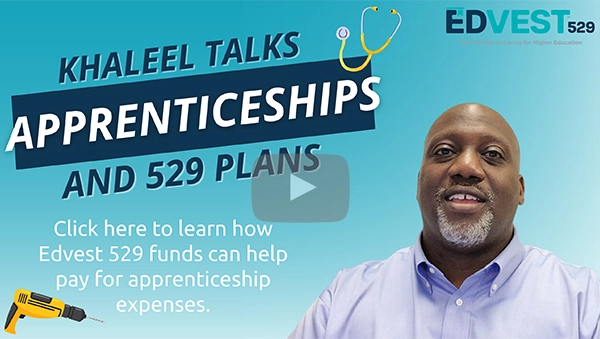Education Provides Access to Jobs and Entrepreneurship in Wisconsin Agriculture
By: Chelsea Wunnicke, Wisconsin Department of Financial Institutions
published June 1, 2025
While she didn’t grow up on a farm, Breanna Fritsch knew from a young age that she wanted a career in Wisconsin agriculture. Despite her success showing Guernsey cattle as a youth, including being named Wisconsin State Guernsey Princess in 2019, Breanna says that she, and others like her, often receive discouraging messages about a future in agriculture.
"There are two things that I hear a lot," she says. "It’s either that agriculture is a 'dying breed' and there’s no jobs in agriculture, or that 'you don’t need to go to college' to work in agriculture." Breanna and other young adults like her are proof that neither of these suggestions hold true.
In 2021, while still a student studying Agriculture and Business at UW–River Falls, Breanna and her mother, Tammy Fritsch, opened their micro dairy, Two Guernsey Girls, near Freedom, Wisconsin. Today, the business is expanding to a new retail location and adding new products made from the milk of their 13 Guernsey cows. In addition to running her entrepreneurial venture, Breanna also works as a Dairy Sanitarian with the Wisconsin Department of Agriculture, Trade and Consumer Protection (DATCP).

The Wisconsin College Savings Program interviewed Breanna Fritsch as she reflects on the college and career pathways into Agriculture. While some students grew up on a family farm, others cultivated this interest through extended family or extracurricular activities like FFA, 4-H, and showing at local fairs. Breanna shares her story to illustrate how students can take that passion into their post-secondary education and career.
Plenty of Skilled Jobs in Agriculture
Breanna passionately rejects the notion that job opportunities in agriculture are limited. "That’s a lie. There's lots," she says. Breanna herself had a job lined up prior to graduation, and many of her classmates who studied agriculture are also working in their chosen fields. She shared that job opportunities include areas outside of what many may consider traditional agriculture. "When people think of agriculture, they think of either farming or crops. There are so many other positions that young adults don’t know about. They don't think of everything else that is a part of agriculture." She noted that agriculture includes not just on-farm jobs, but also consulting, business support, and food processing.
According to a recent study on the Contribution of Agriculture to the Wisconsin Economy, by UW Madison, there are over 350,000 Agriculture jobs in Wisconsin. While the number of on-farm job positions have decreased over time, food processing has grown by double digits. Breanna emphasizes, "there are so many job opportunities in the ag industry."1
Education Opens Doors to Opportunity
While there are jobs for every level of education, Breanna’s experience highlights how higher education opens doors to advanced job opportunities. She explained that learning about both the science and business of dairy operations has helped her go beyond entry-level positions.

This diversity in agriculture education is important, so colleges have many disciplines within their Agriculture programs. For example, an Animal Science degree may have different specialties such as dairy science, meat animal, or veterinary technology. Breanna noted that she also uses her Agricultural Business minor nearly daily. She explained the importance of marketing and understanding the business side of decisions. Additionally, higher education offers opportunities for internships, mentorship, and networking that lead to real-world jobs and connections. She explained that friendships formed through youth cattle showing continued through college and on to professional networks. "I'm very fortunate that I was able to go to college and get my degree, because it has definitely given me more opportunities than I ever could have imagined."
Paying for Higher Education
Like many students, Breanna paid for her higher education using multiple sources. National and local foundations offer many generous scholarships for Agriculture students, but most don’t cover the full costs. Student income and family savings can help bridge the gap and reduce the need for student loans.
Breanna found that one way to reduce the overall cost of education was to start thinking about it early. As her high school did not offer Agriculture courses, they made courses at Fox Valley Technical College available to her. "High schoolers and those that are starting to think about going to college, I would recommend taking as many AP classes or college level classes as possible." Breanna explains that this helps students discover their interests. Once they get to college, this experience can help save money and time by allowing the student to stick with an academic major that they know they enjoy.
Savings with Wisconsin’s Edvest 529 Plan
Parents, grandparents, other family, and even friends can help students achieve their dreams by establishing a 529 account to save for their future education. Funds saved in an Edvest 529 College Savings Plan account can be used at eligible educational institutions both in Wisconsin, and out-of-state, and include colleges and universities, along with technical colleges and Registered Apprenticeship programs.
While contributions are made post-tax, account earnings grow tax-deferred and can be withdrawn tax-free for qualified education expenses—including tuition, student housing, books, and supplies. Additionally, Wisconsin taxpayers who contribute to an Edvest 529 plan—regardless of account ownership—may claim up to a $5,130 state tax deduction (per beneficiary) in the 2025 tax year.
Young people in Wisconsin have countless opportunities to turn their interests into a career in agriculture through post-secondary education. Families and communities play a vital role in nurturing that interest—by exposing youth to the diverse paths available in the ag industry, highlighting educational options that align with their goals, and investing in their future through thoughtful planning and savings. Together, we can cultivate the next generation of agricultural leaders.
Want more details on apprenticeships programs and how to use your 529 to pay for them?
Check out our "Khaleel Talks: How to use a 529 Plan for Apprenticeships" video for how you can use your 529 plan savings to pay for Registered Apprenticeship programs. Learn the basics of 529 plans, the benefits of using them for apprenticeships, and the simple steps to get started.
About Chelsea:

Chelsea Wunnicke serves as a Wisconsin College Savings Program Finance Officer with the Wisconsin Department of Financial Institutions. With a background in delivering Financial Capabilities Outreach and Education, Chelsea has a special interest in helping more Wisconsin communities and youth benefit from early saving for higher education. She lives with her family in rural Richland County, Wisconsin.
###
To learn more about Wisconsin’s Edvest 529 College Savings Plan, its investment objectives, risks, charges and expenses, see the Plan Description at Edvest.com before investing. Read it carefully. Investments in the Plan are neither insured nor guaranteed and there is the risk of investment loss. Consult your legal or tax professional for tax advice. If the funds aren't used for qualified higher education expenses, a federal 10% penalty tax on earnings (as well as federal and state income taxes) may apply. Prior to investing, check with your home state to learn if it offers tax or other benefits such as financial aid, scholarship funds, or protection from creditors for investing in its own 529 plan. TIAA-CREF Individual & Institutional Services, LLC, Member FINRA, distributor and underwriter for Wisconsin's Edvest 529 College Savings Plan.
Neither TIAA-CREF Tuition Financing, Inc., nor its affiliates, are responsible for the content found on any external website links contained herein.
4472958
More to explore
-
Explore our plan
Learn more about eligibility and all the qualifying expenses an Edvest 529 account can cover.
How our 529 works -
Compare investment portfolios
We make it easy to choose investment portfolios that fit your financial needs and savings goals.
Discover your options -
Ready to get started?
Open an Account
